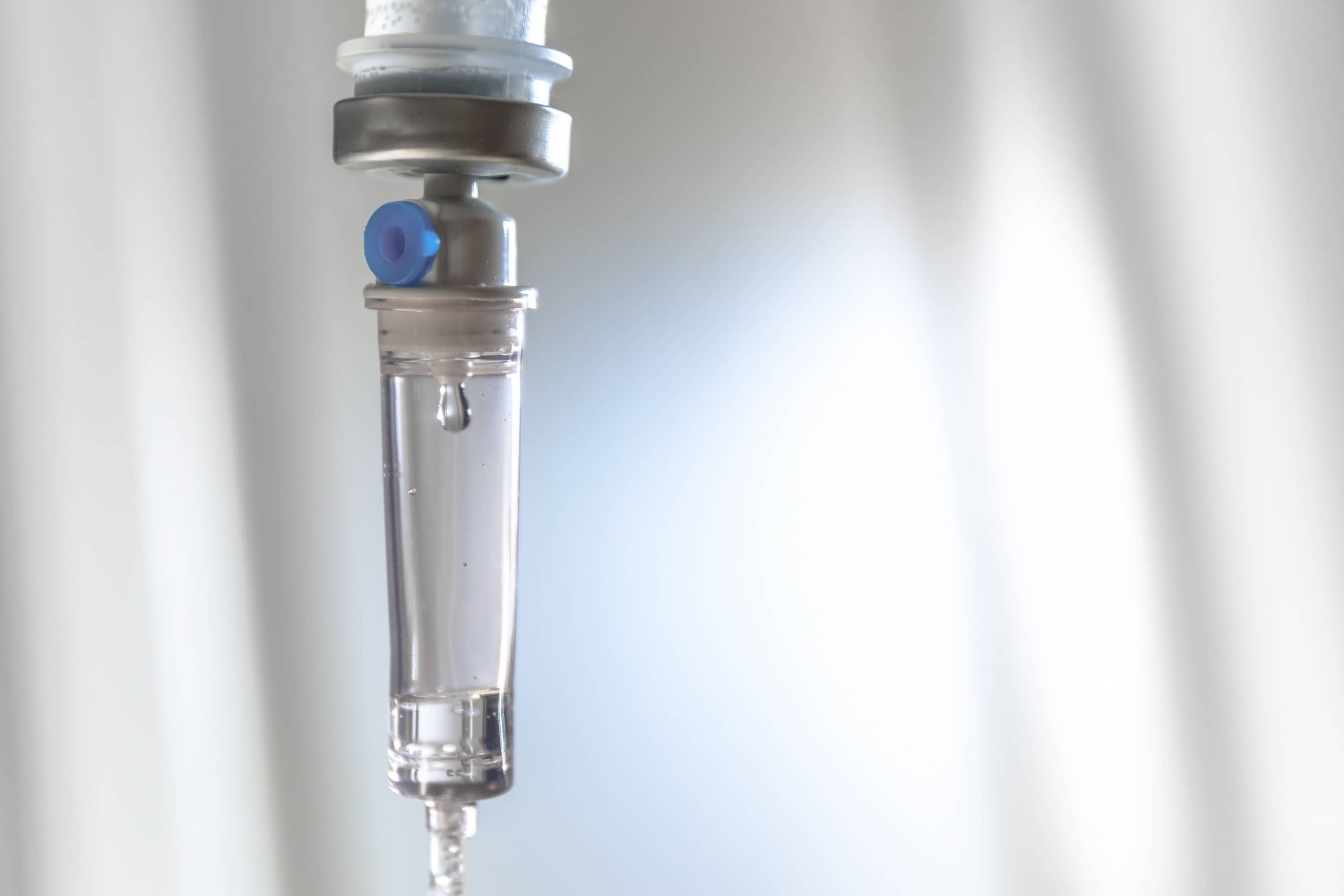
Expanesthetics is an expanding startup dedicated to an ambitious goal: to discover new inhalational anesthetic agents that have “improved qualities and a reduced side effect profile.” It aims no higher than to revolutionize the field of inhaled anesthetics, with potentially the same effect as the fluorinated hydrocarbons had in the 1940s when they largely eclipsed older anesthetics such as ether or chloroform. It’s an attractive and somewhat unique sales pitch, and the company claims to be the only one of its kind to be investing in research and development for the next generation of inhaled anesthetics.
How exactly Expanesthetics plans to accomplish this formidable goal is outlined in general terms on their website: to utilize a patent-pending screening platform to identify molecules with potential anesthetic and analgesic properties, and to test these molecules for potential utility as general anesthetics. It purports to have access to licensed and proprietary libraries of molecules from which to conduct the screens. The exact nature of the screening platform and its parameters for identifying promising molecules is not stated outright, which is understandable since it is the basis of their enterprise. The mechanism of action of modern inhaled anesthetics in general is one of the great unsolved questions of the past half century, and if Expanesthetics has indeed made a breakthrough into what makes them tick, the potential applications are not to be underestimated.
Expanesthetics is the brainchild of Dr. Robert Brosnan, a professor in the Department of Surgical and Radiological Sciences at the UC Davis School of Veterinary Sciences. According to Brosnan, his laboratory discovered a “plausible molecular mechanism of action” for current anesthetic agents, allowing him make predictions on novel agents and their interactions with specific receptors. A search of PubMed for Brosnan yields collection of anesthetic molecular and animal-based research, the most recent of which describes the anesthetic synergy between N-butane and n-pentane. It’s solid research, detailed, rigorous and transparent. Whether it has any relation to Brosnan’s discovery that prompted him to start Expanesthetics is unclear.
One challenge Expanesthetics has put forward is the question, “is what we have good enough?” In other words, why revolutionize a field that isn’t broken? In the arena of research and development, this question doesn’t really seem to have a place. Horses must have seemed just fine before the first cars came along, and what anesthesiologist has not lamented the vasodilatory properties of our current inhaled anesthetics when pushing pressors after induction? It remains to be seen what fruits will yield from this ambitious startup, but raising nearly $20 million in the name of anesthesia research is an impressive feat worth keeping an eye on.
References:

